44.10 zł
Zamówienie wyślemy do 00 00 00
| Autor | |
|---|---|
| ISBN | |
| Rok wydania | |
| Liczba stron | |
| Format | |
| Cena katalogowa |
Spis treści
Wstęp
Nota o transkrypcji
Podziękowania
Rozdział I. Perspektywa teoretyczna
1.1. Teoria sztuk walki z perspektywy socjologii
1.2. Stan wiedzy
1.3. Inspiracje dorobkiem Margaret S. Archer
Dyskusja
Konkluzje
Bibliografia
Rozdział II. Fenomen sportów walki
2.1. Potrzeba widowiska i gladiatorów
2.2. Ludyczne formy walki
2.3. Sporty walki w nowoczesnym świecie sportu
2.4. Kobiety w sportach walki
2.5. Amatorzy i zawodowcy
2.6. Patologie sportu
Małe podsumowanie
Bibliografia
Rozdział III. Usportowienie sztuk walki
3.1. Między tradycją a ideą olimpijską
3.2. Globalizacja judo, taekwondo i karate
3.3. Dylematy tradycjonalistów i innowatorów oraz
adaptacje wbrew tradycji
3.4. Relacje między sensei a uczniami
3.5. Instytucjonalne uzasadnienie różnic między nauczycielem a trenerem
3.6. Dyskusja
Konkluzje
Bibliografia
Rozdział IV. Atrakcyjność klasycznych sztuk walki
4.1. Symbolika w kulturze fizycznej
4.2. Wybrane symbole z kilku azjatyckich i europejskich tradycji kultur militarnych
Wyniki
Dyskusja i podsumowanie
4.3. Moda na rekreację z japońską szablą
4.4. Turystyka dla studiów sztuk walki „u źródeł”
4.5. Wychowanie dziecka przez dyscyplinę (systemy edukacyjne)
4.6. Energia qi i zdrowie
Źródła (z obszaru kultury masowej)
Bibliografia
Rozdział V. Sztuki walki a cielesność i duchowość
Wprowadzenie
5.1. Różne duchowości
5.2. Prawda i metoda
5.3. Recepcja ciała
Bibliografia
Rozdział VI. Ideowa orientacja i postawy prospołeczne
Wprowadzenie
6.1. Kanō i Jita Kyoei
6.2. W kierunku nowoczesnego systemu edukacyjnego
6.3. Konfrontacja z rzeczywistością społeczną
Podsumowanie
Bibliografia
Indeks pojęć
Indeks nazwisk
Contents
Preface
Transcription Note
Acknowledgments
Chapter 1. Theoretical Perspective
1.1. The theory of martial arts from the perspective of sociology
1.2. State of the art
1.3. Inspirations by the achievements of Margaret S. Archer
Discussion
Conclusion
References
Chapter 2. Phenomenon of Combat Sports
2.1. The Need for Spectacles and Gladiators
2.2. Ludic Forms of Fighting
2.3. Combat Sports in the Modern World of Sport
2.4. Women in Combat Sports
2.5. Amateurs and Professionals
2.6. Pathologies of Sport
A little summary
References
Chapter 3. Sportisation of Martial Arts
3.1. Between Tradition and Olympic Idea
3.2. Globalisation of Judo, Taekwondo and Karate
3.3. Dilemmas of Traditionalists and Innovators and Adaptations Against Tradition
3.4. Relations Between Sensei and Students
3.5. Institutional justification for the differences between the teacher and the trainer
3.6. Discussion
Conclusions
References
Chapter 4. The Attractiveness of Classical Martial Arts
4.1. Symbolism in the Physical Culture
4.2. Selected Symbols from some Asiatic and European
Military Cultures
Results
Discussion and summary
4.3. Fashion for recreation with a Japanese sabre
4.4. Tourism for Martial Arts Studies “at the Source”
4.5 Raising Your Child Through Discipline (Educational Systems)
4.6. Qi Energy and Health
Sources (from mass culture)
References
Chapter 5. Martial Arts and Corporeality, and Spirituality
Introduction
5.1. Different Spiritualities
5.2. Truth and method
5.3. Body reception
References
Chapter 6. Ideological Orientation and Pro-social
Attitudes
Introduction
6.1. Kanō and Jita Kyoei
6.2. Towards a modern educational system
6.3. Confrontation with social reality
Recapitulation
References
Concept index
Index of names
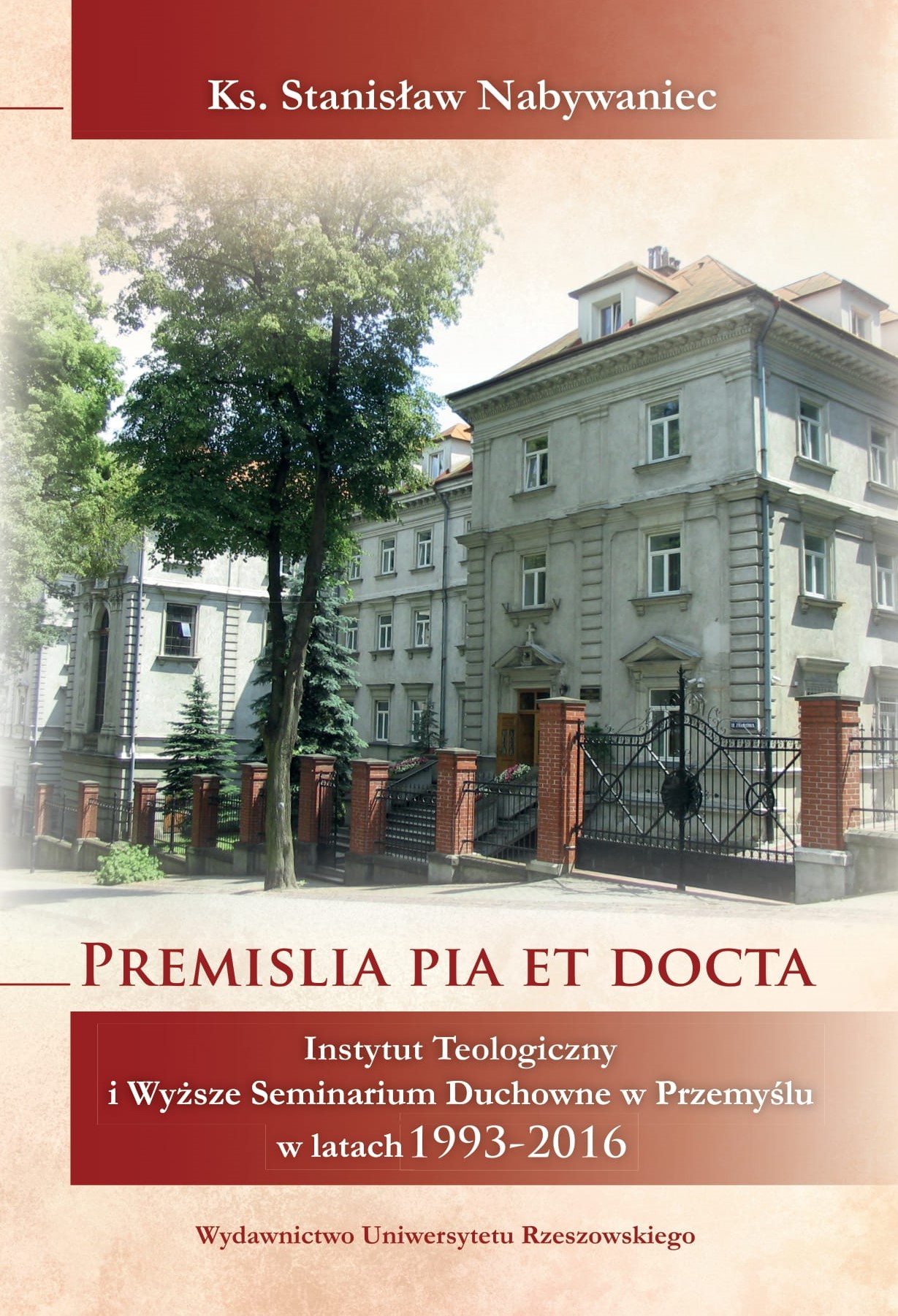
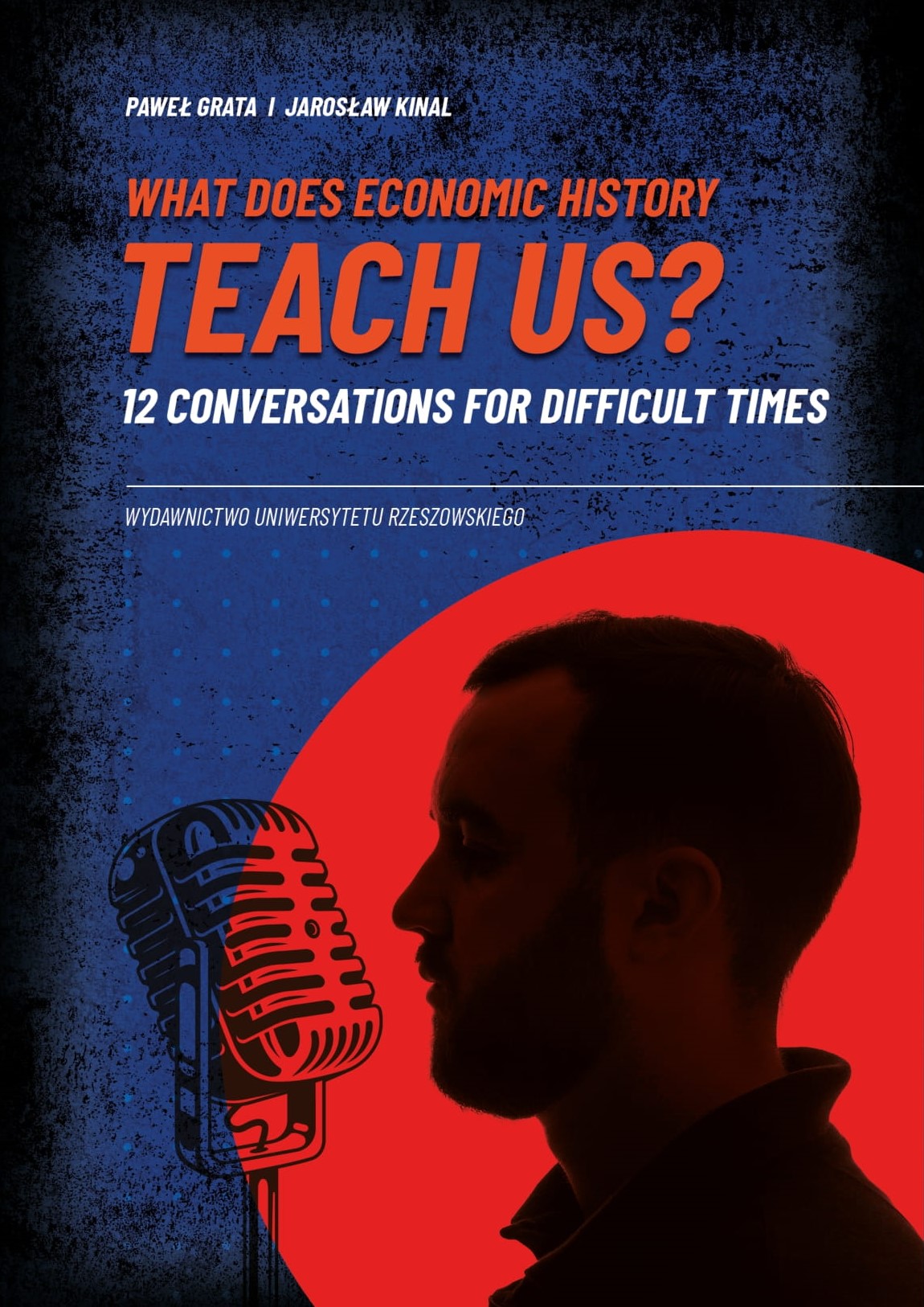

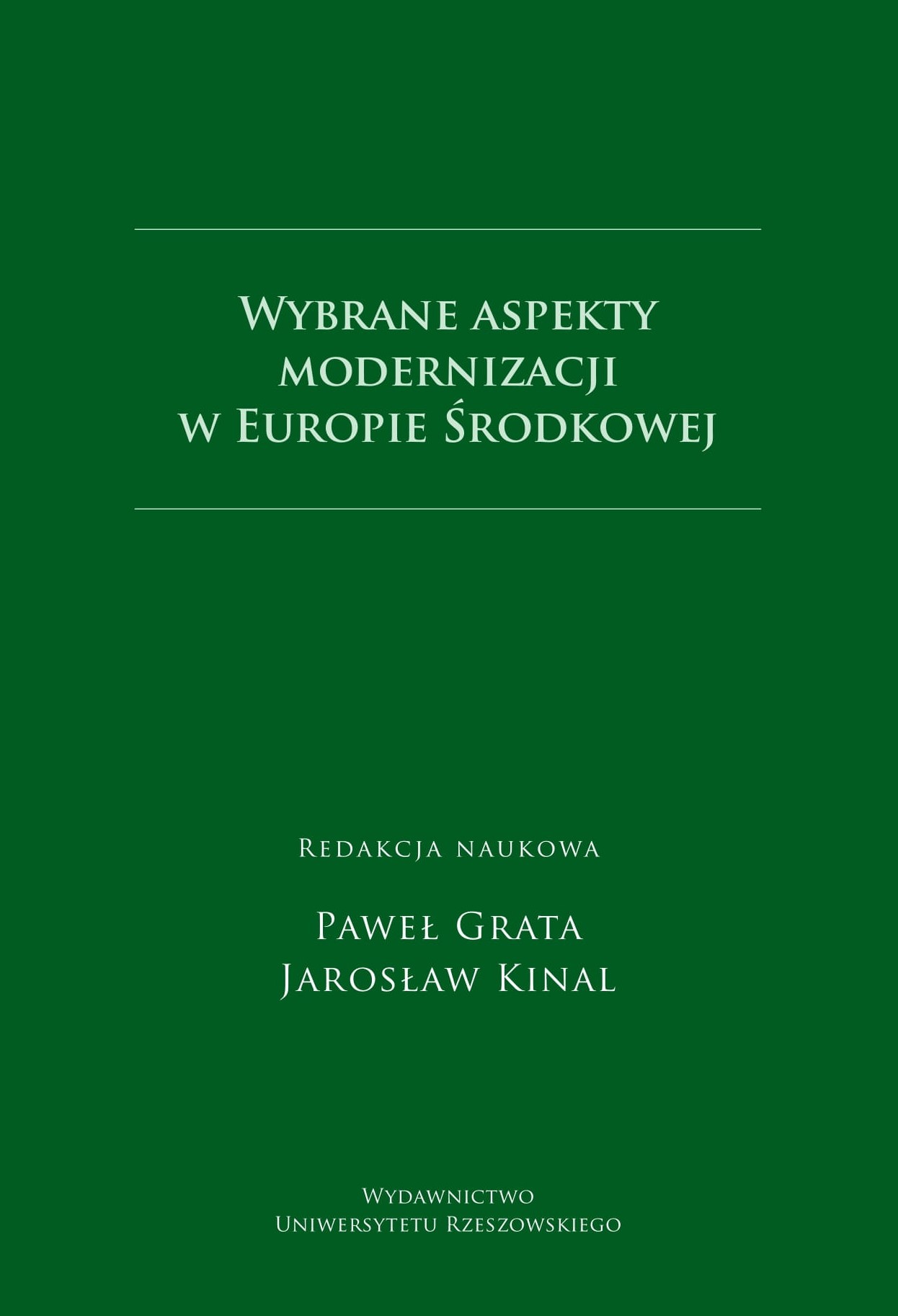
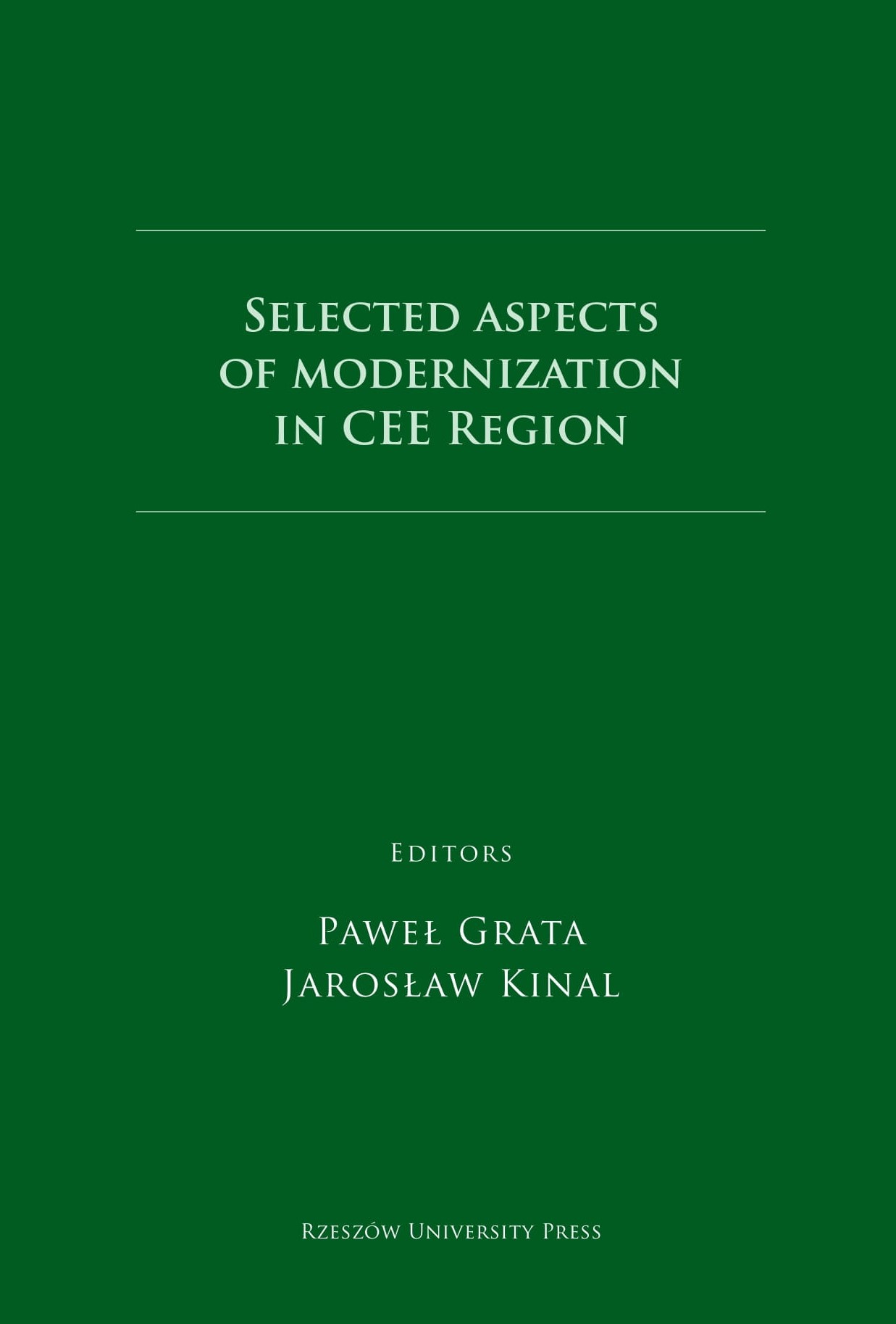
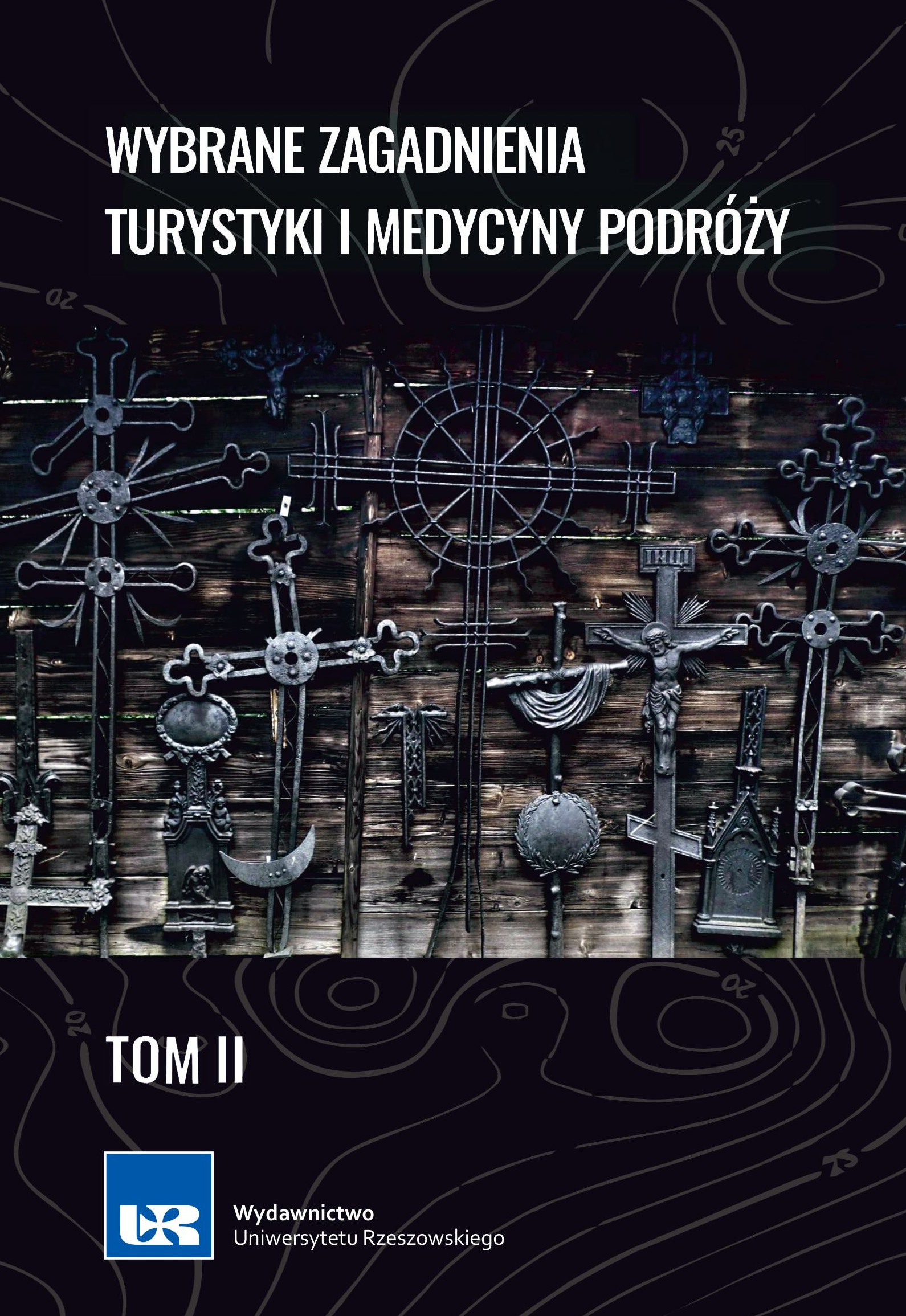
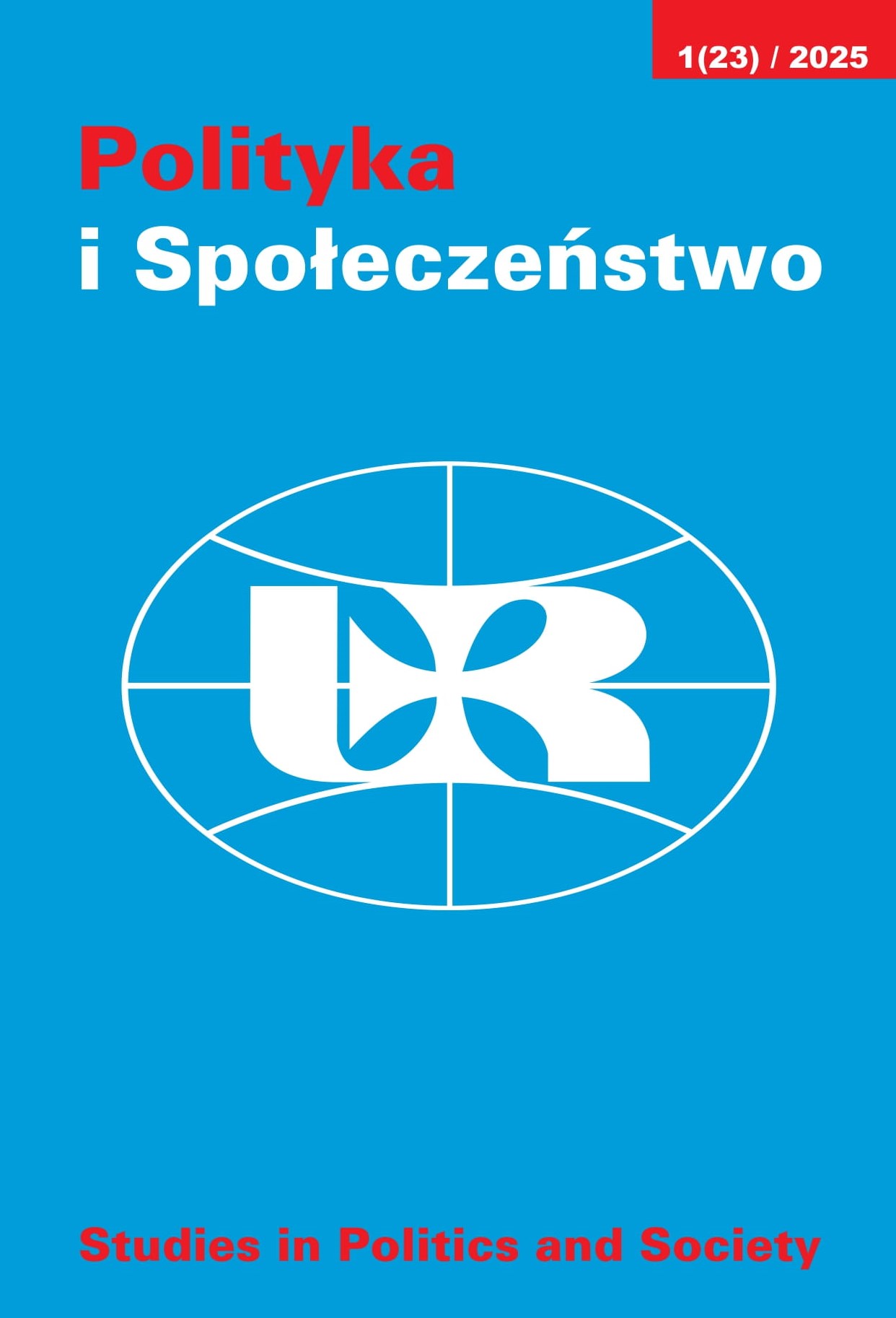


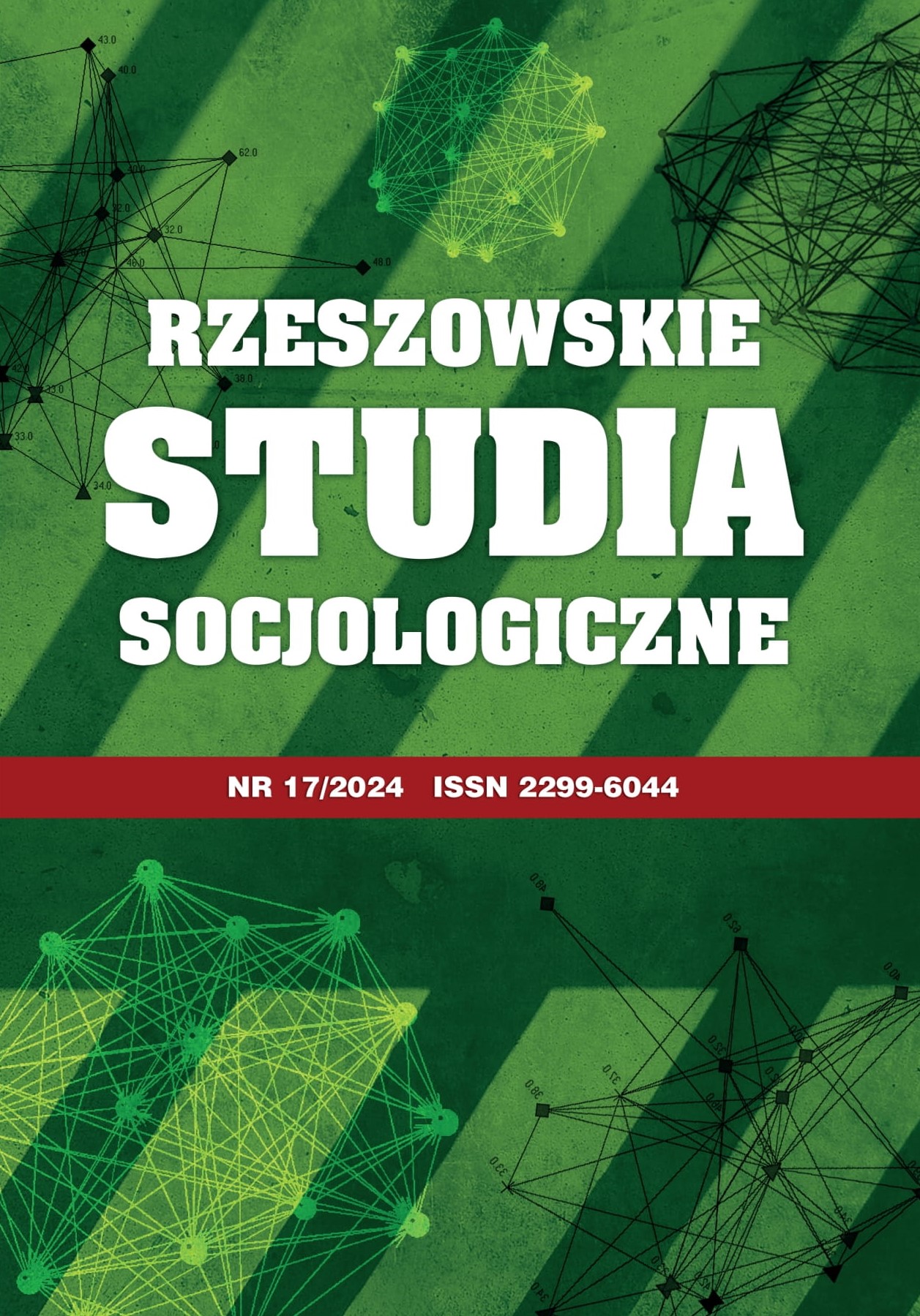

Copyright © 2025
wydawnictwo@ur.edu.pl
tel. 017 872 13 69 (Kolportaż)
tel. 017 872 14 37 (Dyrektor)
faks: 17 872 14 26
e-mail: wydawnictwo@ur.edu.pl
Adres:
ul. prof. St. Pigonia 6, 35-310 Rzeszów